Cultural Leadership helps students solve social justice issues
Class 11 of Cultural Leadership walks across the Edmund Pettus Bridge which was the same place that African Americans protested for voting rights during the Civil Rights movement.
While many teenagers spend their Sundays lazily lounging on the couch, junior Malone Hanis learns about the communities and the world that surrounds her. Hanis was selected for Class 12 of Cultural Leadership, a program for high schoolers that aims to teach students how to discuss issues around them and work toward change.
Cultural Leadership consists of over 420 hours of programming. Ultimately, each “class,” or group of students, which ranges from 24-30 students every year, will embark on a 21-day trip beginning in June, called the “Transformational Journey,” where they visit places that hold importance concerning social justice issues such as Selma, the Civil Rights museum and the National Action Network. They also meet with leaders such as Ruth Bader Ginsburg and Clarence Thomas.
“I really liked finding a community of people who shared my passion for social justice and [whom] I could learn from,” junior and Class 11 graduate Pardes Lyons-Warren said. “Even though we were all each other’s peers, I learned so much from the other students. We had a lot of fun and I made life-long friends in the program.”
In addition to monthly meetings and retreats, Hanis will also take part in a student swap, which will give her to opportunity to spend a day at Vashon High School. After the school swap, Hanis will meet with Ladue’s administration to communicate the differences she noticed in education during the school swap, as well as possible ways to improve Ladue.
“I am excited for Cultural Leadership because I have never experienced much real diversity before,” Hanis said. “Cultural Leadership gives me an opportunity to better understand people who aren’t as privileged as me and I learn how to become [a] ‘troublemaker of the best kind.’”
In the spring, Hanis will also participate in a holiday swap. During this swap, non-Jewish students will experience a Passover seder and Jewish students will attend Easter church services. Only two months into the program, Hanis already has made memories.
“My favorite part so far [was] a program we did the first weekend, where certain groups talked about their experiences and how they feel about their background and how they are treated in life,” Hanis said. “It was incredibly eye-opening. By the end, I was crying.”
Each class includes Jewish students, African American students and allies, who have a passion for learning about social injustices. The program is for high school sophomores and juniors which incorporates monthly meetings and three weekend-long retreats, in addition to the “Transformational Journey.”
“I learned a lot of facts about civil rights history, slavery and Jewish history, but more importantly, I learned how to be a better activist and ally,” Lyons-Warren said. “I realized I would have to seek out opportunities to learn when they may not be right in front of me. I learned I can’t use my passion and activism as a shield, because I still have room to grow.”


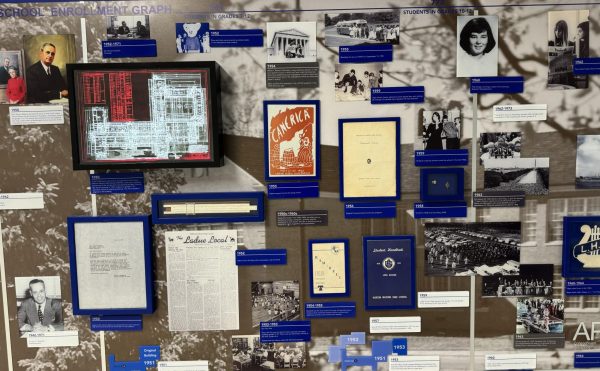

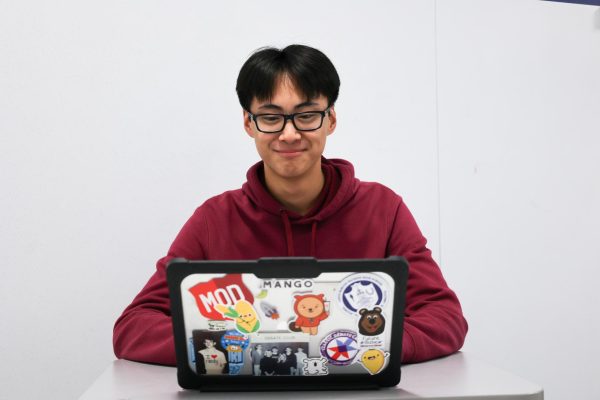
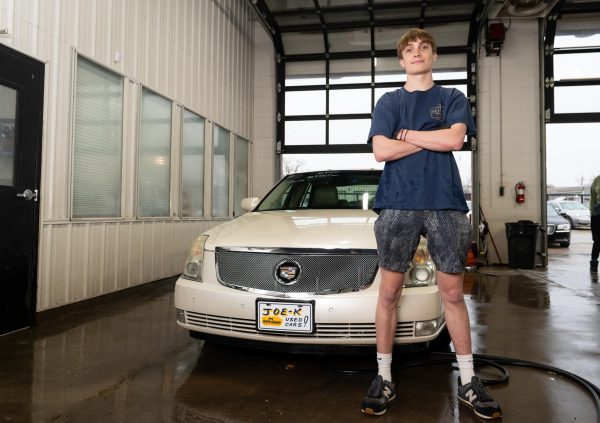
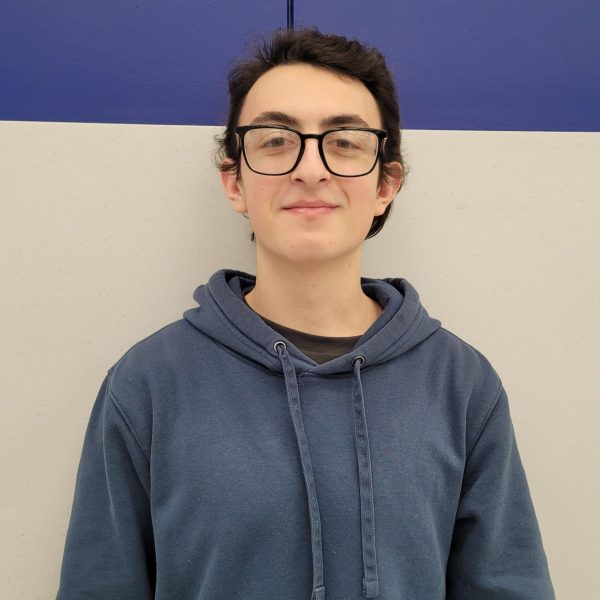

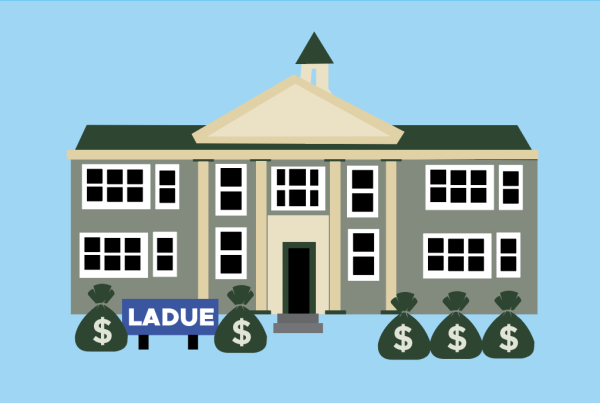
![LEADS history teacher Matthew Horn works with Kyle Kennedy (11). Horn began teaching at LEADS three years ago. “[LEADS has] taught me that
you have to adapt to your student and meet them on their level,” Horn said.](https://laduepublications.com/wp-content/uploads/2024/02/LEADS-Image-1-600x400.jpg)
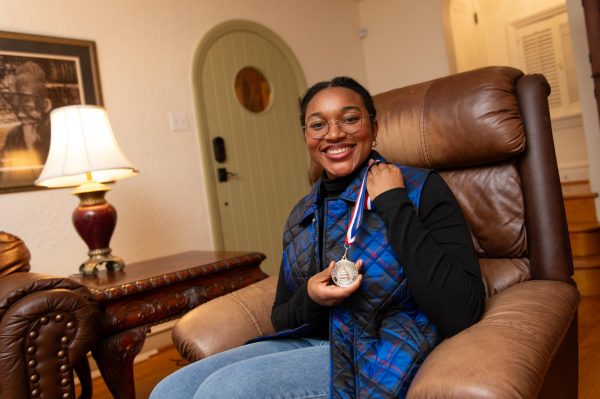
![Safety and security coordinator Tim Reboulet stands with former President Barack Obama. Reboulet was a special agent for 22 years and took his position at Ladue May 2023. “My mentality is educating students and faculty on what the threats are and [how] to make a decision,” Reboulet said. “The Four Es is a great example of that, giving people options [but] not hindering them.”](https://laduepublications.com/wp-content/uploads/2024/01/obama-reb-600x375.png)
